Pony cars have long captured the imagination of car enthusiasts, offering a blend of power, style, and affordability. Despite their compact size, many have managed to outperform their larger muscle car counterparts on the track and the street. Here are ten pony cars that have made a significant impact by outpacing some of their bigger rivals, proving that great things can indeed come in smaller packages.
Ford Mustang Boss 302
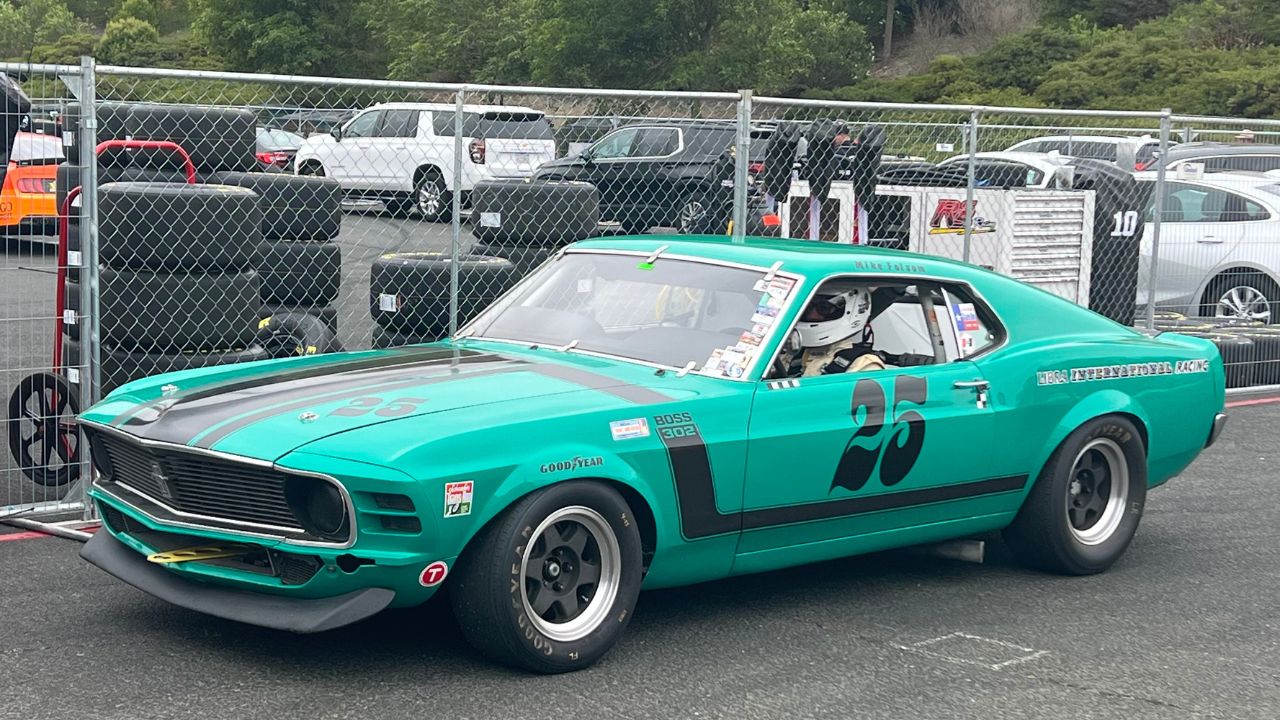
The Ford Mustang Boss 302, particularly the 1969-1970 models, was a force to be reckoned with on the racetrack. With a high-revving 302 cubic inch V8 engine, the Boss 302 was built for Trans-Am racing and excelled thanks to its nimble handling and impressive power-to-weight ratio. It was designed to take on the best American and European competitors, often outperforming cars with larger engines.
Its performance prowess wasn’t just limited to the track. On the streets, the Boss 302 offered a thrilling driving experience that left many larger muscle cars in its dust. Its combination of speed, handling, and iconic styling has made it a favorite among collectors and enthusiasts alike.
Chevrolet Camaro Z/28
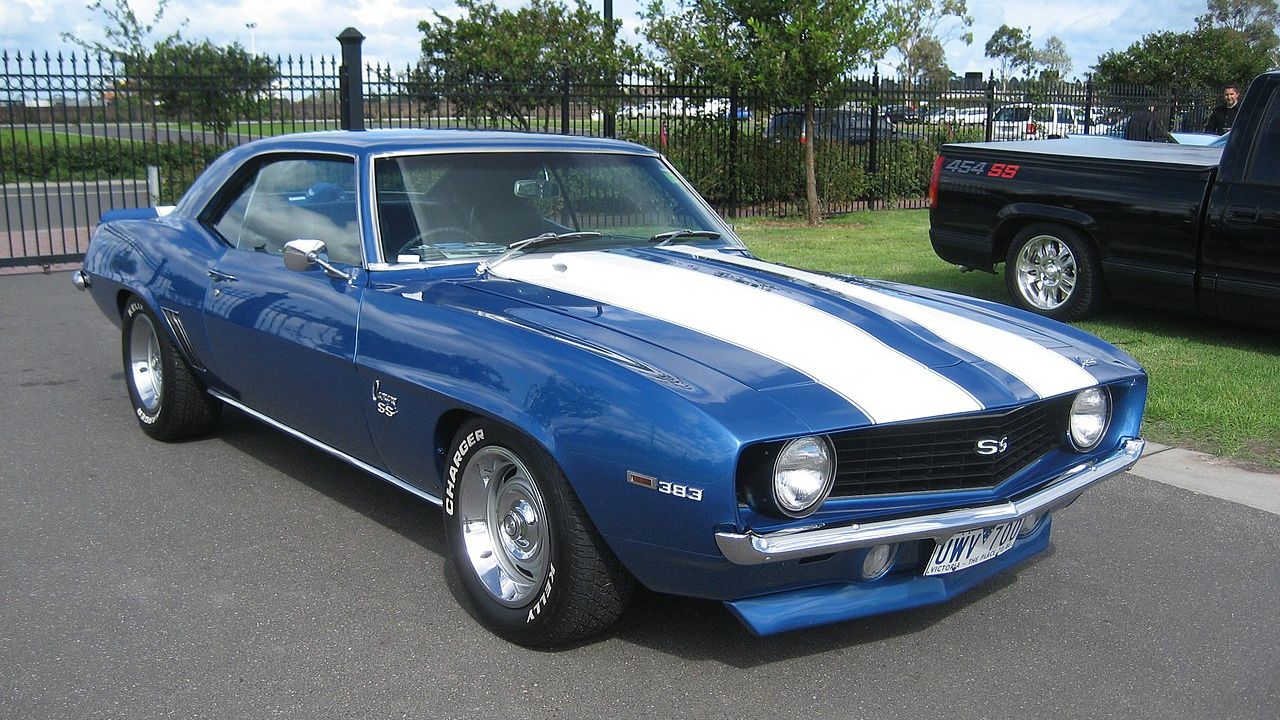
The Chevrolet Camaro Z/28 was introduced in 1967 as a homologation special for the Trans-Am racing series. With its small-block 302 cubic inch V8 engine, the Z/28 was designed to compete in the under 5-liter class, where it excelled. The 1969 model, in particular, is celebrated for its balance of power and agility, often outperforming larger, heavier competitors.
The Z/28’s reputation was built on its race-winning pedigree and its ability to deliver a dynamic driving experience. Even off the track, the Camaro Z/28 was revered for its precise handling and spirited acceleration, making it a formidable rival to many bigger, more powerful cars.
Dodge Challenger T/A

The Dodge Challenger T/A was Dodge’s entry into the Trans-Am racing circuit in 1970. Equipped with a 340 cubic inch V8 engine and a Six-Pack carburetor setup, the Challenger T/A was more than capable of taking on the competition. Its lightweight construction and performance-oriented suspension made it agile and quick, often surpassing larger rivals in both speed and handling.
On the street, the Challenger T/A was a standout with its bold graphics and side-exit exhaust, turning heads wherever it went. Its ability to deliver exhilarating performance in a relatively compact package helped solidify its status as a true pony car legend.
Pontiac Firebird Trans Am
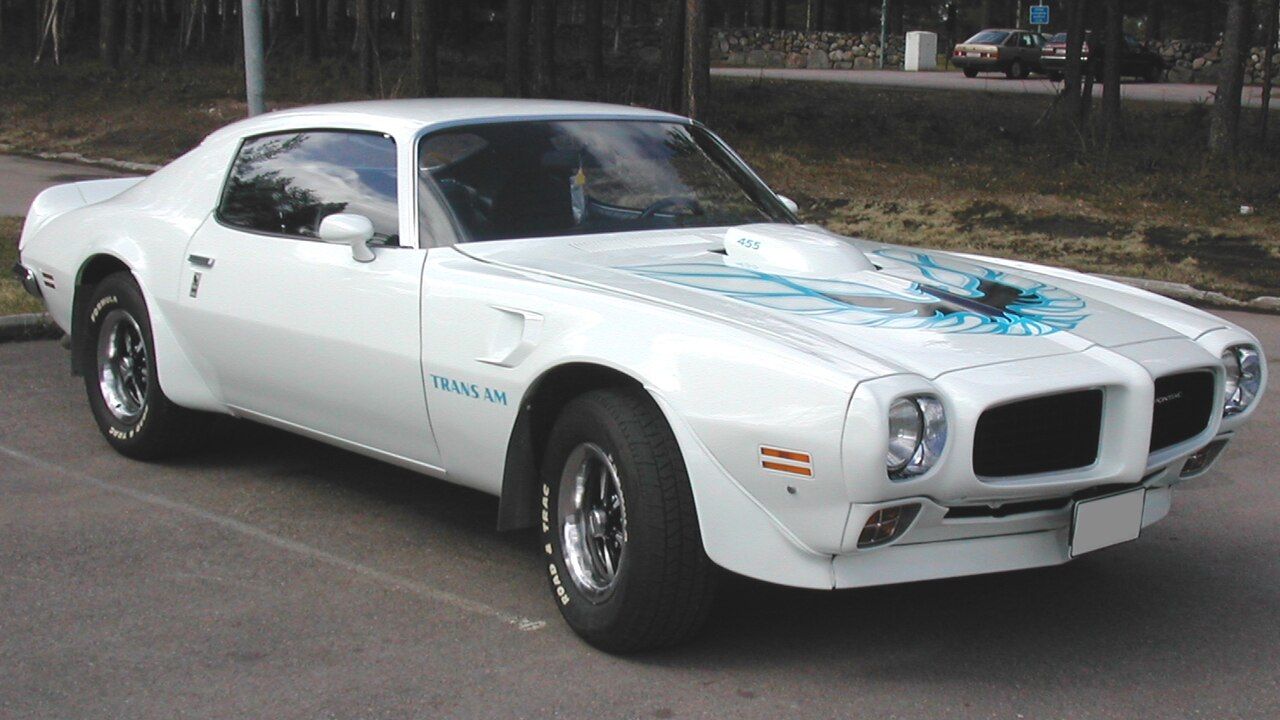
The Pontiac Firebird Trans Am, particularly during its early 1970s production, was a high-performance variant that gained fame for its aggressive styling and potent engine options. The 1973-1974 Super Duty 455 models were especially notable, offering significant power and performance that often eclipsed larger cars of the era.
With its blend of power, handling, and striking design, the Firebird Trans Am became an icon of American performance vehicles. It was capable on the track and highly desirable on the street, embodying the spirit of the pony car with its well-rounded capabilities.
Plymouth Barracuda AAR
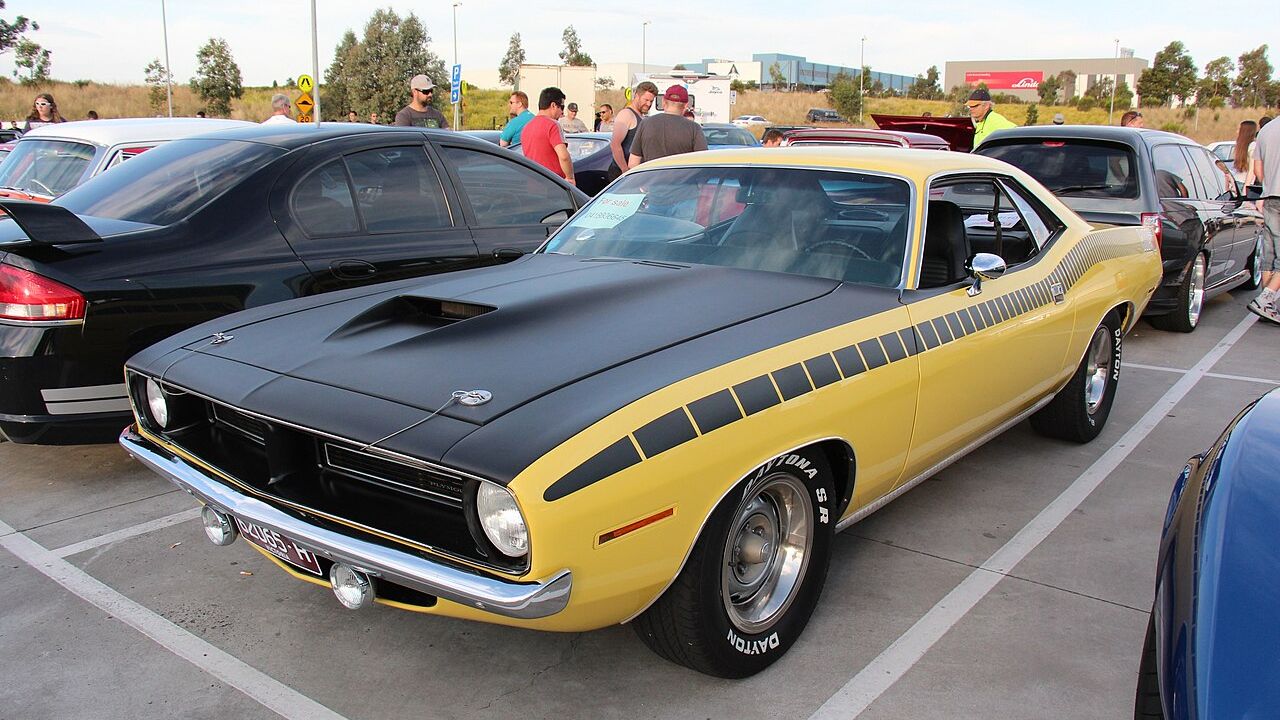
The Plymouth Barracuda AAR (All-American Racers) was a special edition built for the 1970 Trans-Am racing series. Featuring a 340 cubic inch V8 engine with a Six-Pack carburetor arrangement, the AAR ‘Cuda was a nimble competitor known for its handling and acceleration.
Its distinctive styling, complete with side-exit exhausts and a fiberglass hood, set it apart from the crowd. On the track and on the street, the Barracuda AAR was a formidable opponent, often outperforming larger cars with its agile and spirited performance.
Mercury Cougar Eliminator
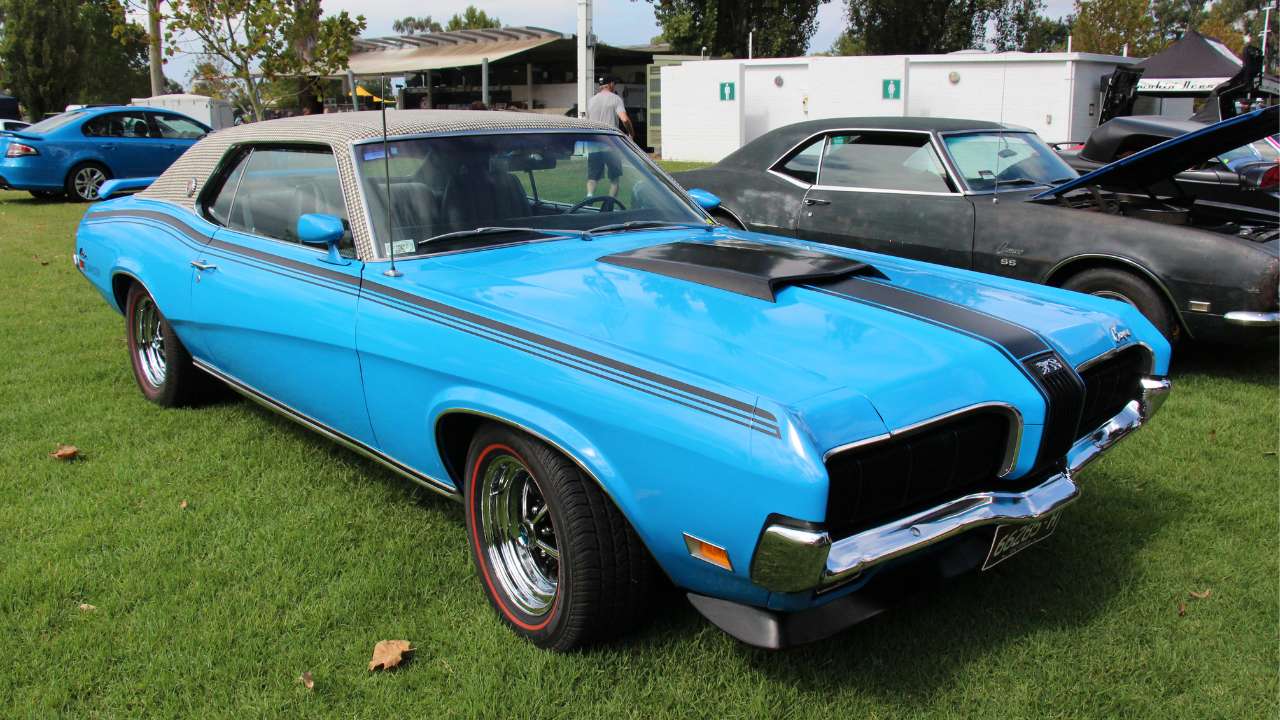
The Mercury Cougar Eliminator, offered from 1969 to 1970, was Mercury’s answer to the growing demand for high-performance pony cars. With engine options ranging from a 302 cubic inch V8 to a 428 Cobra Jet, the Cougar Eliminator was more than capable of taking on its muscle car rivals.
Its combination of luxury features and performance prowess made it unique among pony cars. The Eliminator package added aggressive styling cues and performance upgrades, making it a well-rounded competitor that matched and often exceeded the performance of larger, more powerful muscle cars.
AMC Javelin AMX
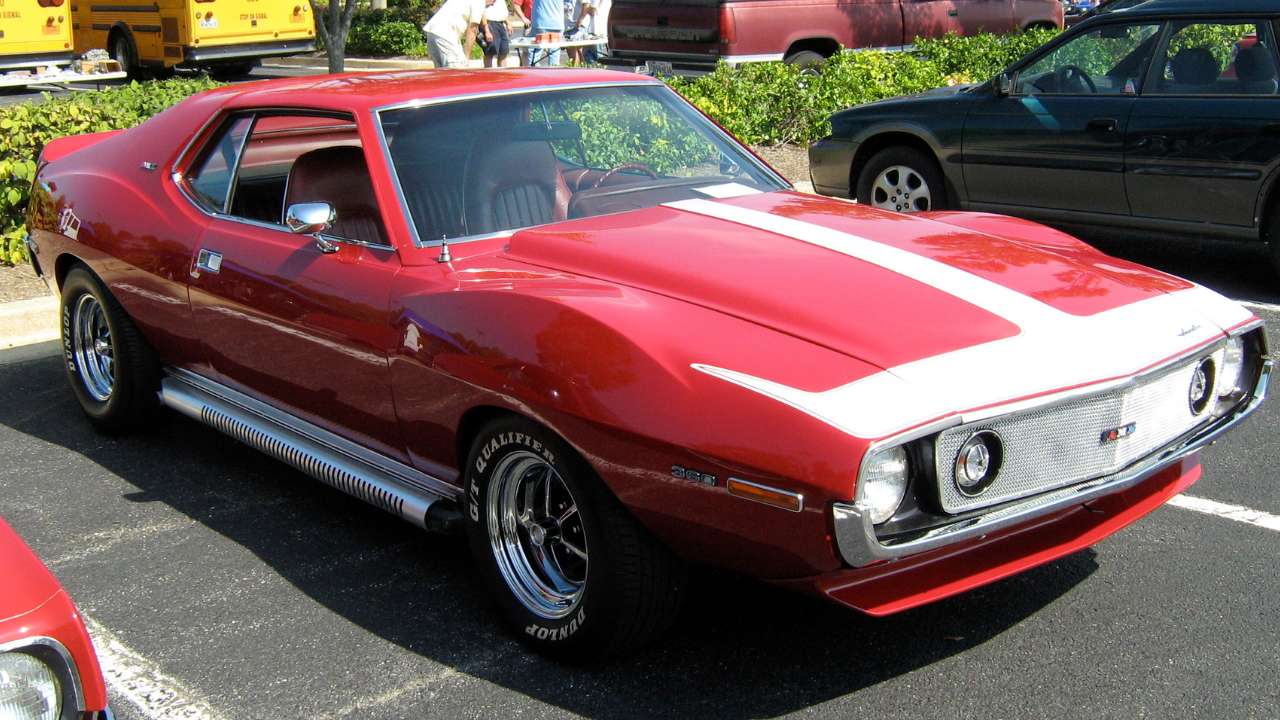
The AMC Javelin AMX, produced from 1968 to 1974, was AMC’s entry into the pony car segment. Known for its competitive pricing and performance, the Javelin AMX offered several powerful engine options, including a 360 cubic inch V8 that provided plenty of punch.
On the track, the Javelin AMX found success in Trans-Am racing, where it often outperformed larger cars with its agility and speed. Its unique styling and impressive performance capabilities have made it a beloved classic among American pony cars.
Shelby GT350
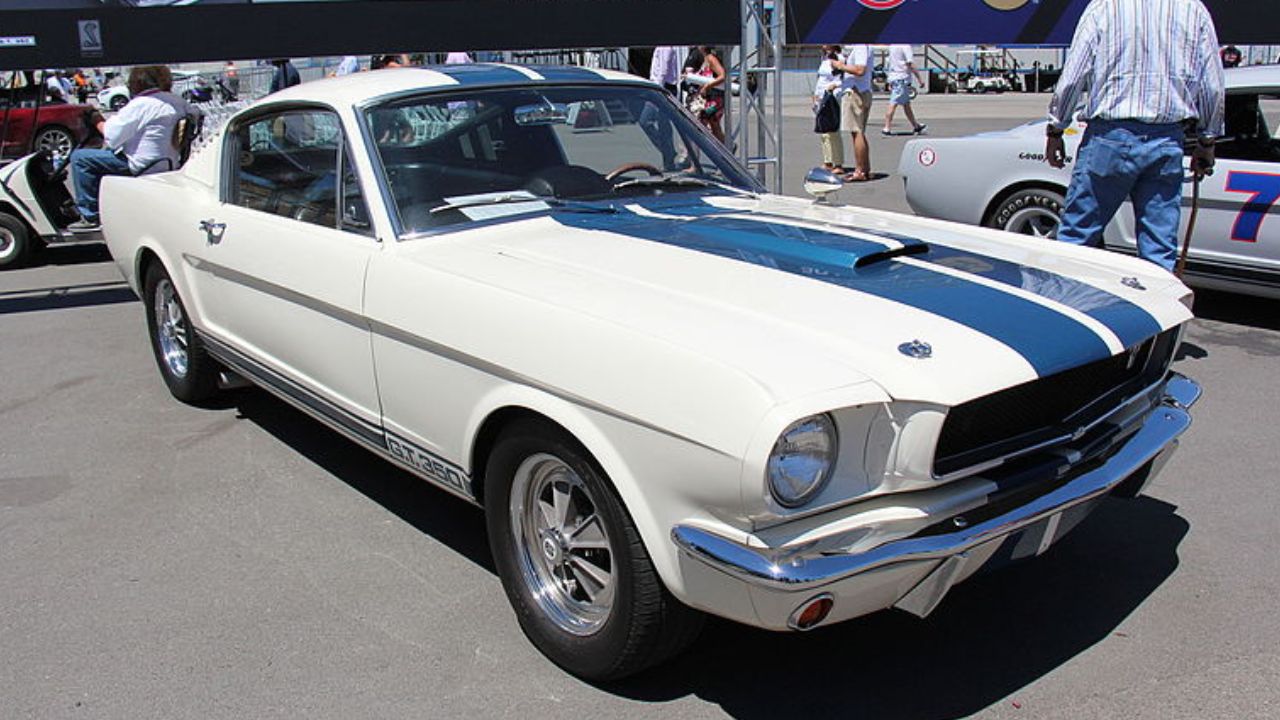
The Shelby GT350, introduced in 1965, transformed the Ford Mustang into a serious performance machine. With modifications by Carroll Shelby, including a tuned 289 cubic inch V8 and upgraded suspension, the GT350 was a track-ready pony car that often outperformed larger muscle cars.
Its racing pedigree and distinctive styling made the Shelby GT350 an icon of American automotive history. On the road, it delivered a thrilling driving experience that combined speed, precision, and style, making it one of the most desirable pony cars ever produced.
Oldsmobile Rallye 350
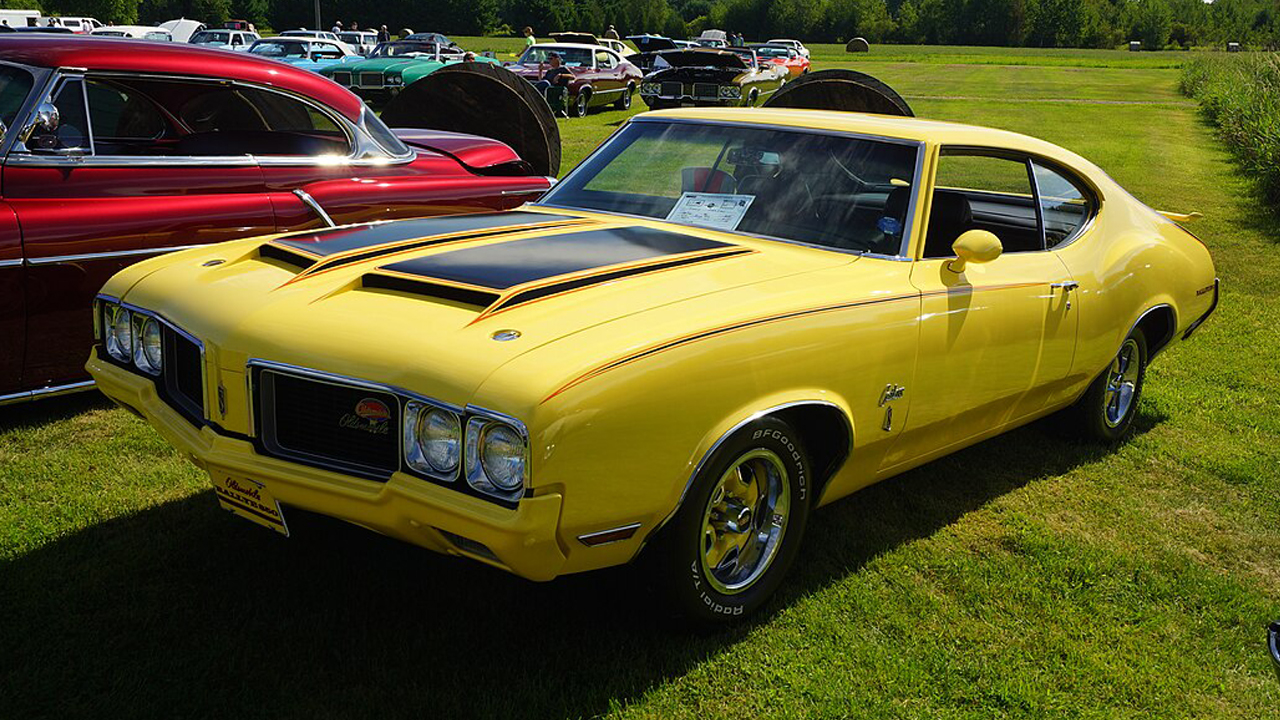
The Oldsmobile Rallye 350 was a unique entry in the pony car world, produced in 1970 as a response to rising insurance costs for high-performance vehicles. It featured a 350 cubic inch V8 engine that delivered impressive performance without the hefty price tag or insurance premiums of larger muscle cars.
With its distinctive Sebring Yellow paint and performance-oriented features, the Rallye 350 was both a visual and dynamic standout. Its ability to offer spirited performance while remaining accessible made it a noteworthy competitor in the pony car segment.
Buick GSX
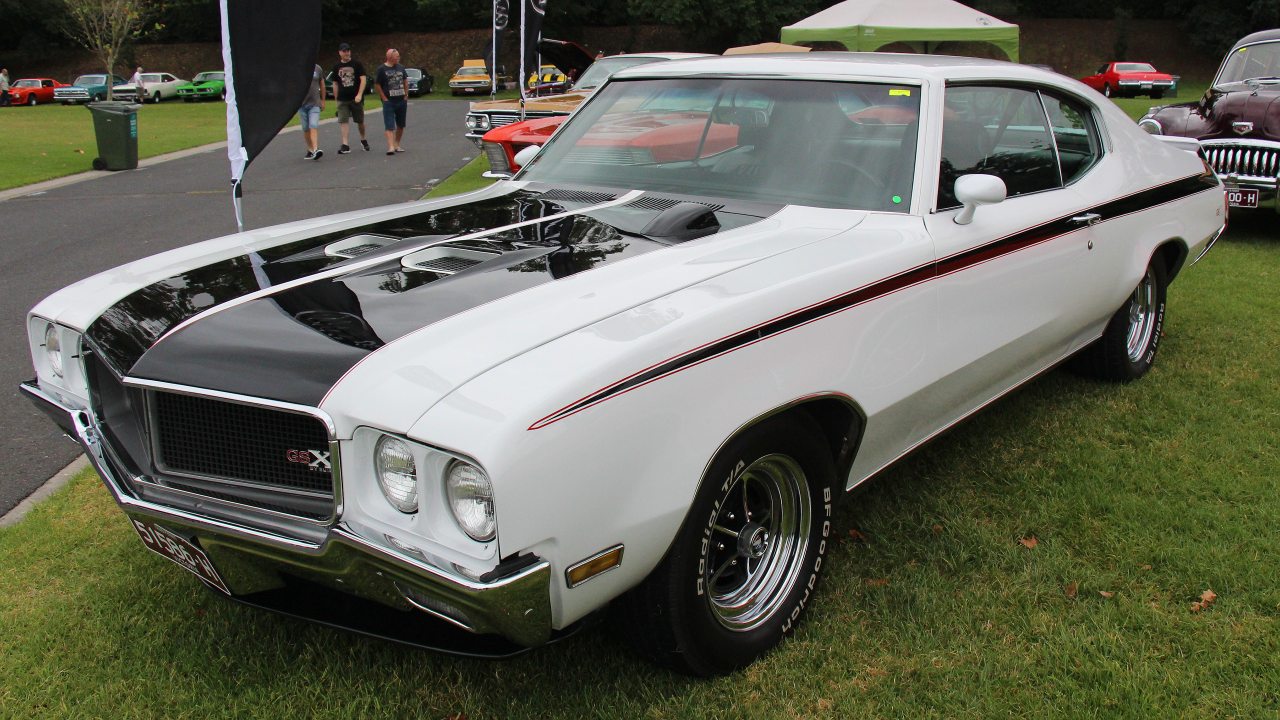
The Buick GSX, introduced in 1970, was Buick’s high-performance variant of the Skylark. Equipped with a powerful 455 cubic inch V8 engine, the GSX was capable of impressive acceleration and speed, often rivaling or surpassing larger competitors.
Its distinctive styling, complete with bold graphics and aggressive stance, made the GSX a standout on the road. Despite its larger engine, the GSX maintained the agility and spirit of a pony car, making it a unique and powerful competitor in its class.
Like Fast Lane Only’s content? Be sure to follow us.
Here’s more from us:
*Created with AI assistance and editor review.

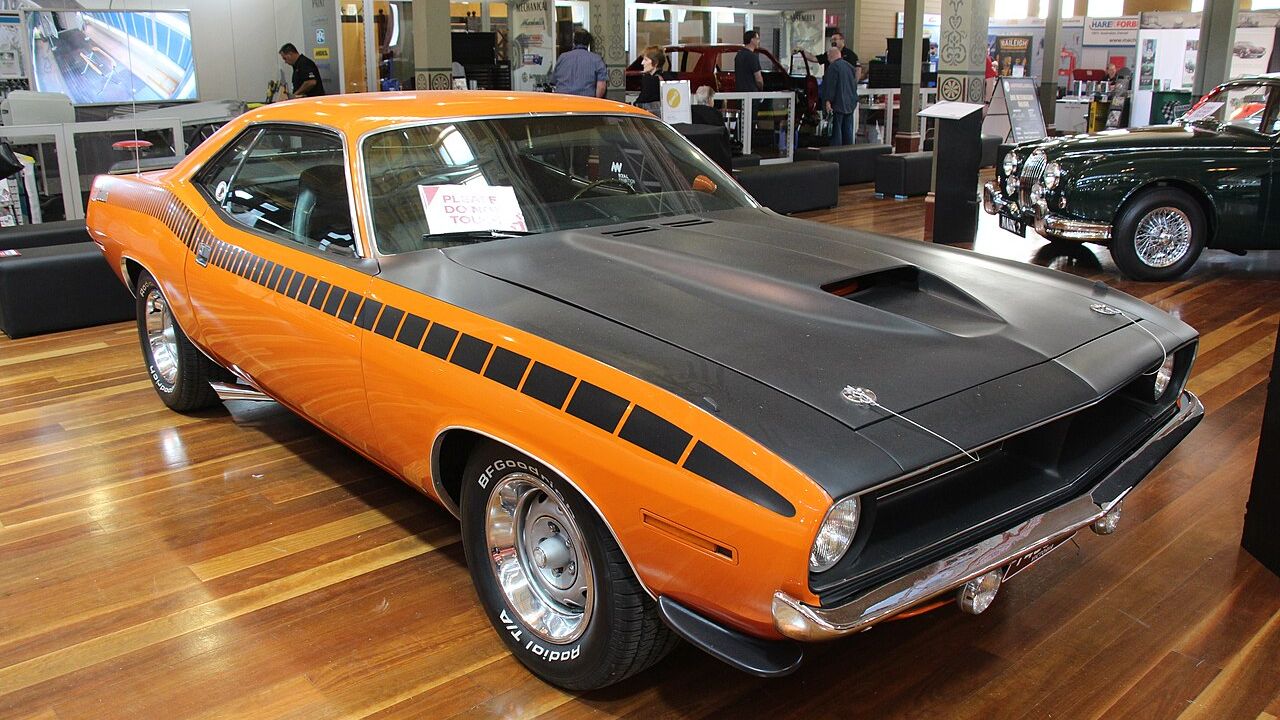
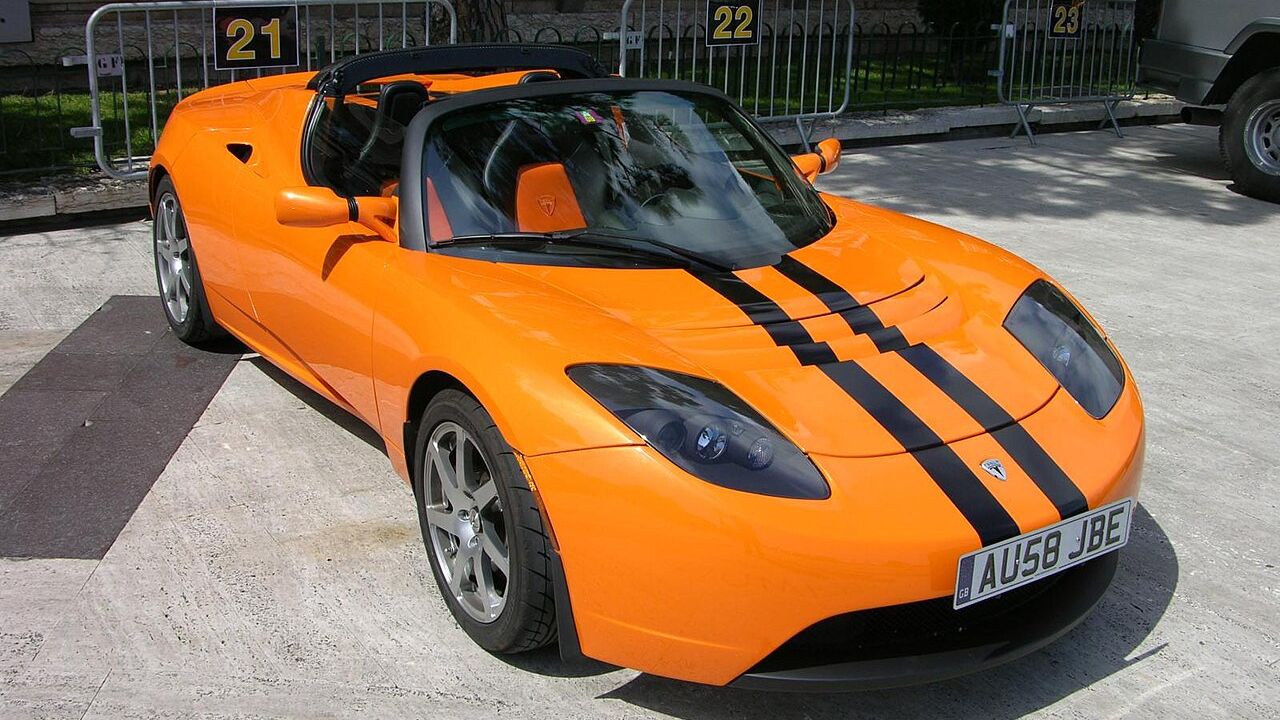
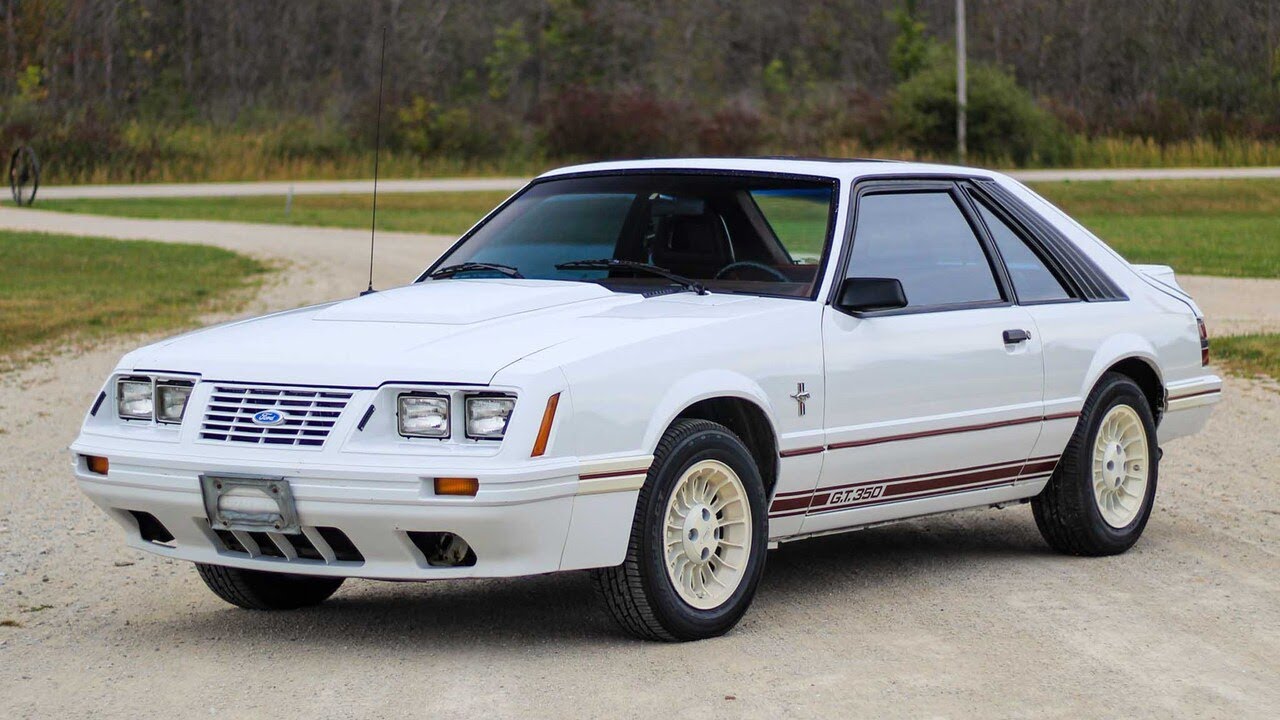

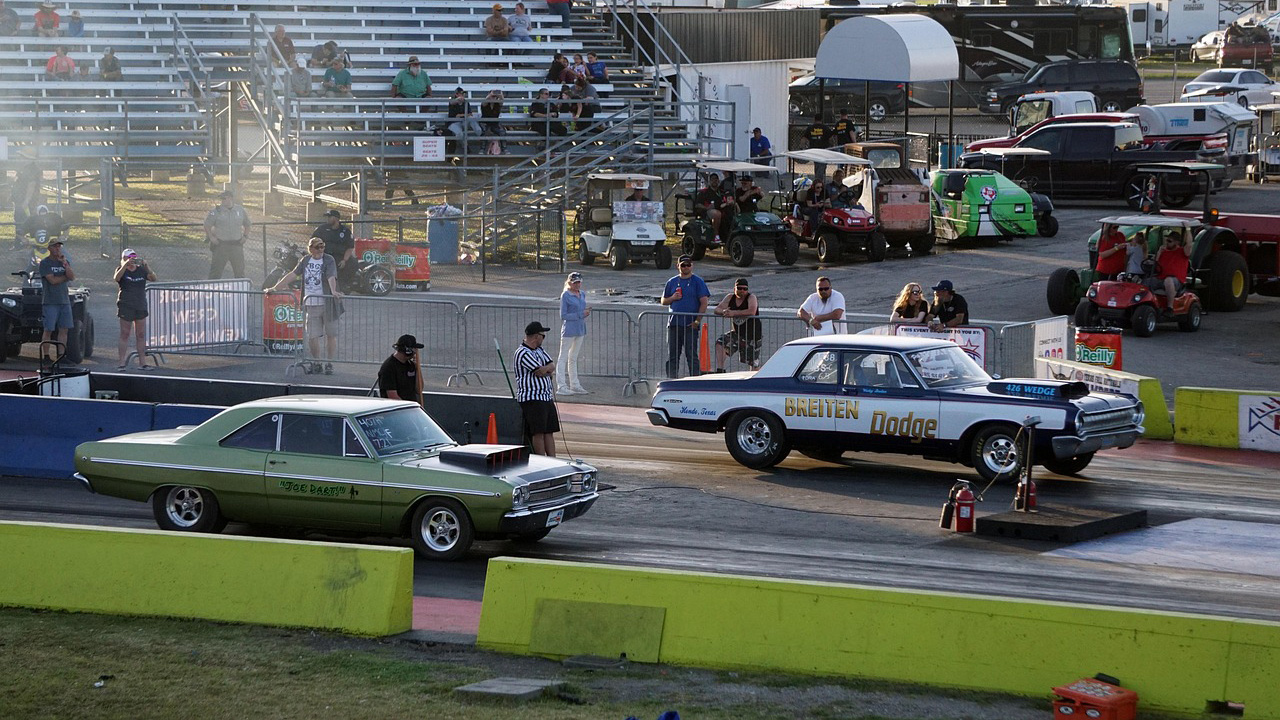
Leave a Reply